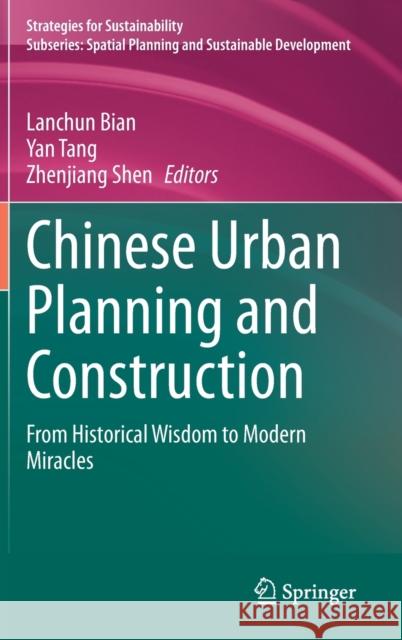Chinese Urban Planning and Construction: From Historical Wisdom to Modern Miracles » książka
topmenu
Chinese Urban Planning and Construction: From Historical Wisdom to Modern Miracles
ISBN-13: 9783030655617 / Angielski / Twarda / 2021 / 332 str.
Kategorie BISAC:
Wydawca:
Springer
Język:
Angielski
ISBN-13:
9783030655617
Rok wydania:
2021
Wydanie:
2021
Ilość stron:
332
Waga:
0.65 kg
Wymiary:
23.39 x 15.6 x 2.06
Oprawa:
Twarda
Wolumenów:
01
Dodatkowe informacje:
Wydanie ilustrowane











